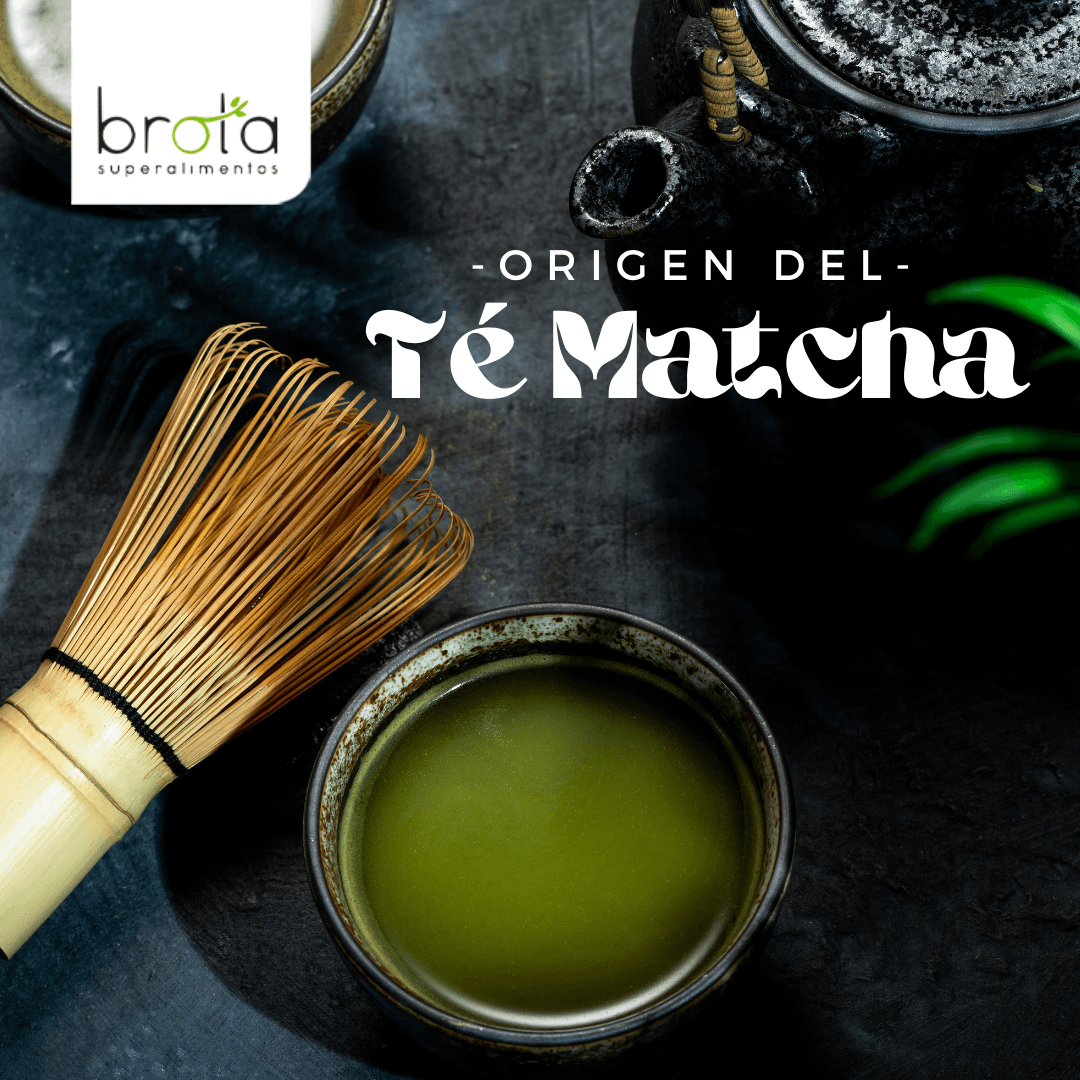
Learn more about matcha tea and the eastern tradition of the tea ceremony
Share
The origin of matcha tea dates back many centuries, to the time of the Chinese Tang dynasty. In China, its consumption was very common; at first they pressed the tea leaves into cubes and then infused them. Later, Chinese Zen monks ground these cubes and turned them into a fine powder that is today known as matcha tea.
In the 12th century, a Japanese monk named Eisai Myoan traveled to China and learned about this new infusion and its health benefits. Then he took some seeds to Japan where he promoted their consumption. Myoan wanted to improve the health and prolong the lives of China's population.
In addition to consuming matcha tea in his own Buddhist practices, the monk wrote a book titled “Kissa Yōjōki,” which translates to “Drinking Tea for Health,” in which he explains the various health benefits of this brew. Over time, matcha tea became popular in Japan among samurai warriors and at the beginning of the 16th century its use was formalized in the Japanese tea ceremony.
The tea ceremony in Japan is a protocol for preparing matcha tea, which comes from the influence of Zen Buddhism and the importance given to contemplation, reflection and awareness. The objective is to forget the material and mundane to purify the soul, using matcha tea for spiritual balance in harmony with the Universe.
There is confusion between matcha and green tea, although they come from the same plant, their flavor and properties are very different. On the one hand, the harvest is different, if what you are looking for is matcha, you need to collect the buds and leaves days before they are ripe. Then those leaves and shoots finish maturing under the shade. By not receiving the sun's rays, the leaves raise their chlorophyll level, generating a change in their color and flavor. That's why matcha tea brew is always a more vibrant green color than a cup of green tea.
While matcha tea has a foamy and creamy consistency, green tea is completely liquid and even crystalline. In addition, matcha tea has many more amino acids, theine and antioxidants than green tea, being considered a superfood due to its therapeutic characteristics and high level of nutrients and antioxidants. Matcha can not only be consumed as a drink, it can also be used to make desserts, ice creams and smoothies. In fact, in Japanese culture, multiple baking recipes are made with this ingredient.
For this reason, matcha is part of the Brota catalog because it is in line with our objective of making available foods with the highest nutritional and therapeutic concentration. We want to reach all corners of the world, encouraging the population to incorporate superfoods into their daily lives in order to improve their well-being and quality of life.
